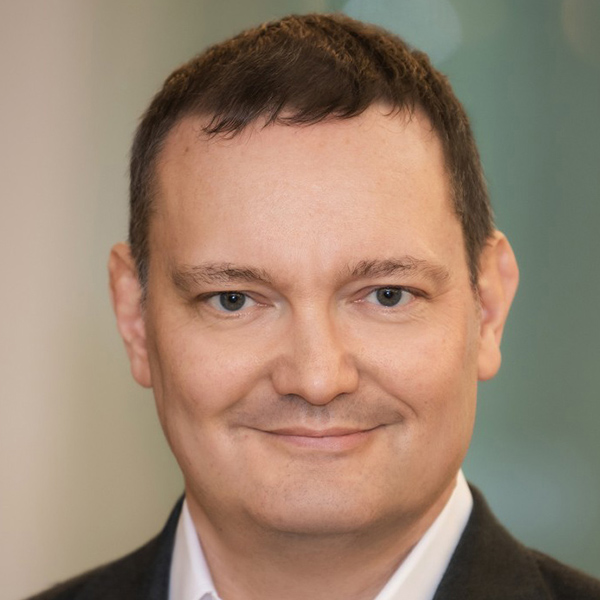Session 7: Skybridges: Bringing the Horizontal Into the Vertical Realm

Daniel Safarik
Editor-in-Chief
Council on Tall Buildings and Urban Habitat, Chicago
As many architects and visionaries have shown over a period spanning more than a century, the re-creation of the urban realm in the sky through connections between buildings at height has a vast potential for the enrichment of our cities. As the world rapidly urbanizes, greater thought needs to be expended on how horizontal space can be developed at height. Today, new transportation technology, and relatively new structural engineering practices, seem to put horizontal habitat in the sky within reach. But cultural, organizational, and jurisdictional obstacles remain. To overcome these, a solid case needs to be made for the extensive benefits of skybridges in a much wider application than has been seen historically.
The purpose of this project is to succinctly capture the development history of the skybridge, as well as put forward a set of principles for future development. CTBUH believes it is likely we will see more skybridges, and more horizontal development at-height between tall buildings, but there is no guarantee that these will be of high quality unless we begin to seriously analyze how well the existing spaces function, and learn from them. This research therefore marks an important milestone in the development of an urban space that has persisted through utopian visions and emerged as a practical, point solution in isolated cases, but now is emerging as a major design typology. We seek to provide a framework for better understanding the skybridge, and improving upon it. An interim update on the findings and activities of the CTBUH Research Project, "Skybridges: Bringing The Horizontal Into the Vertical Realm," kindly supported by thyssenkrupp, is provided.
